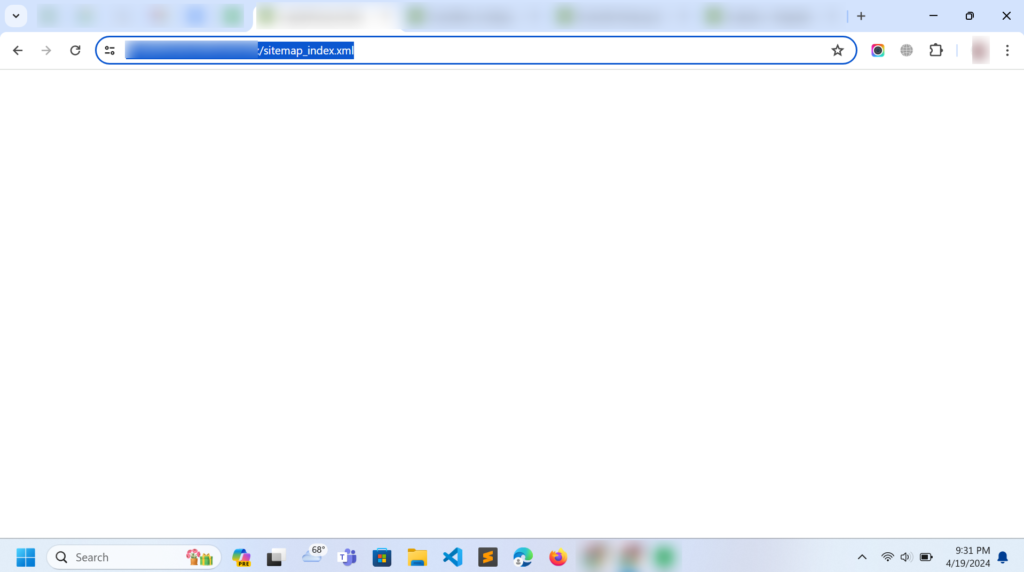Malware on your WordPress site can cause significant issues, from slow performance to security breaches.
This guide will help you understand how to effectively remove WordPress malware and keep your site secure. Whether you’re dealing with a current infection or looking to prevent future ones, these steps will guide you through the process.
Table of Contents
1. Scan WordPress Site for Malware
The first step in addressing malware is to scan your WordPress site for any infections. Use reliable WordPress malware scanners like Wordfence, Sucuri, or Anti-Malware Security and Brute-Force Firewall.
These tools will help you check your WordPress site for malware and provide detailed reports on infected files and suspicious activities.
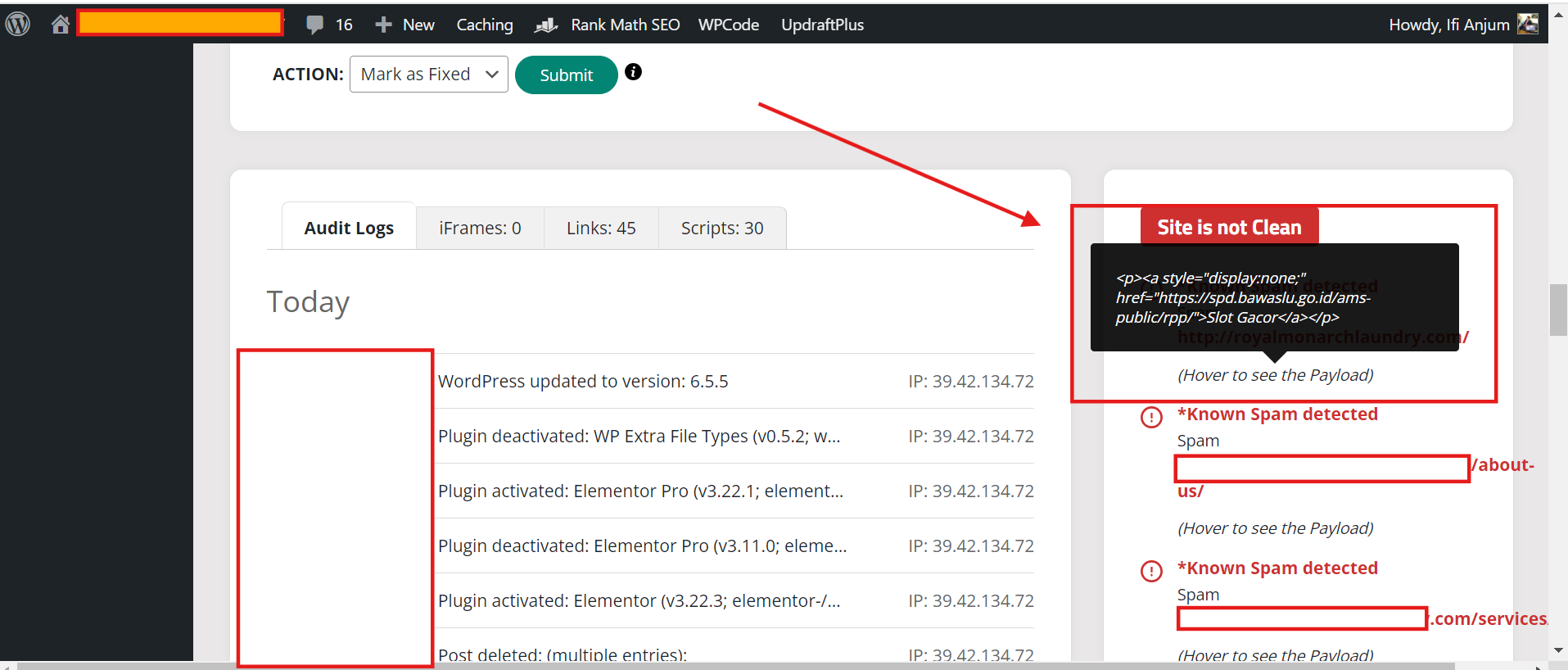
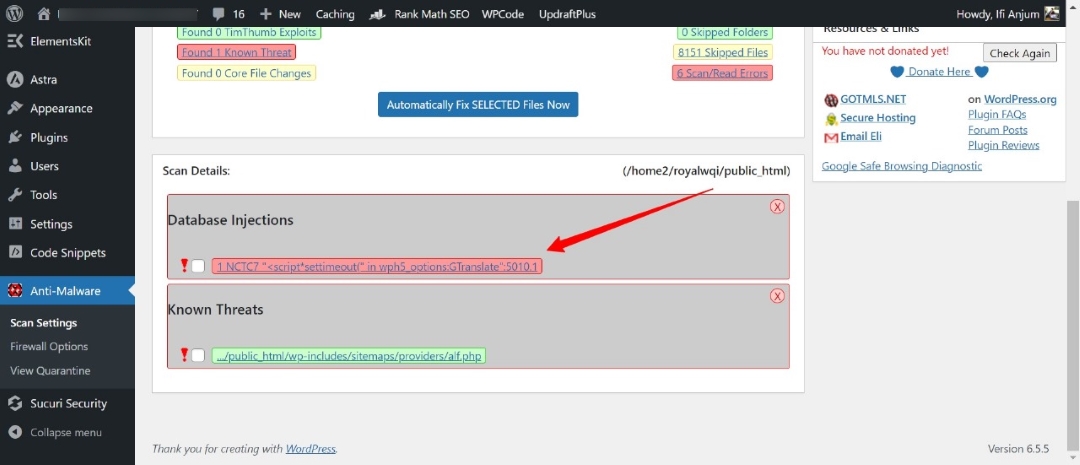
2. Identifying the Malware
After scanning, the next step is to identify the malware. Common indicators of a malware infection include:
- Unexpected redirects to malicious sites.
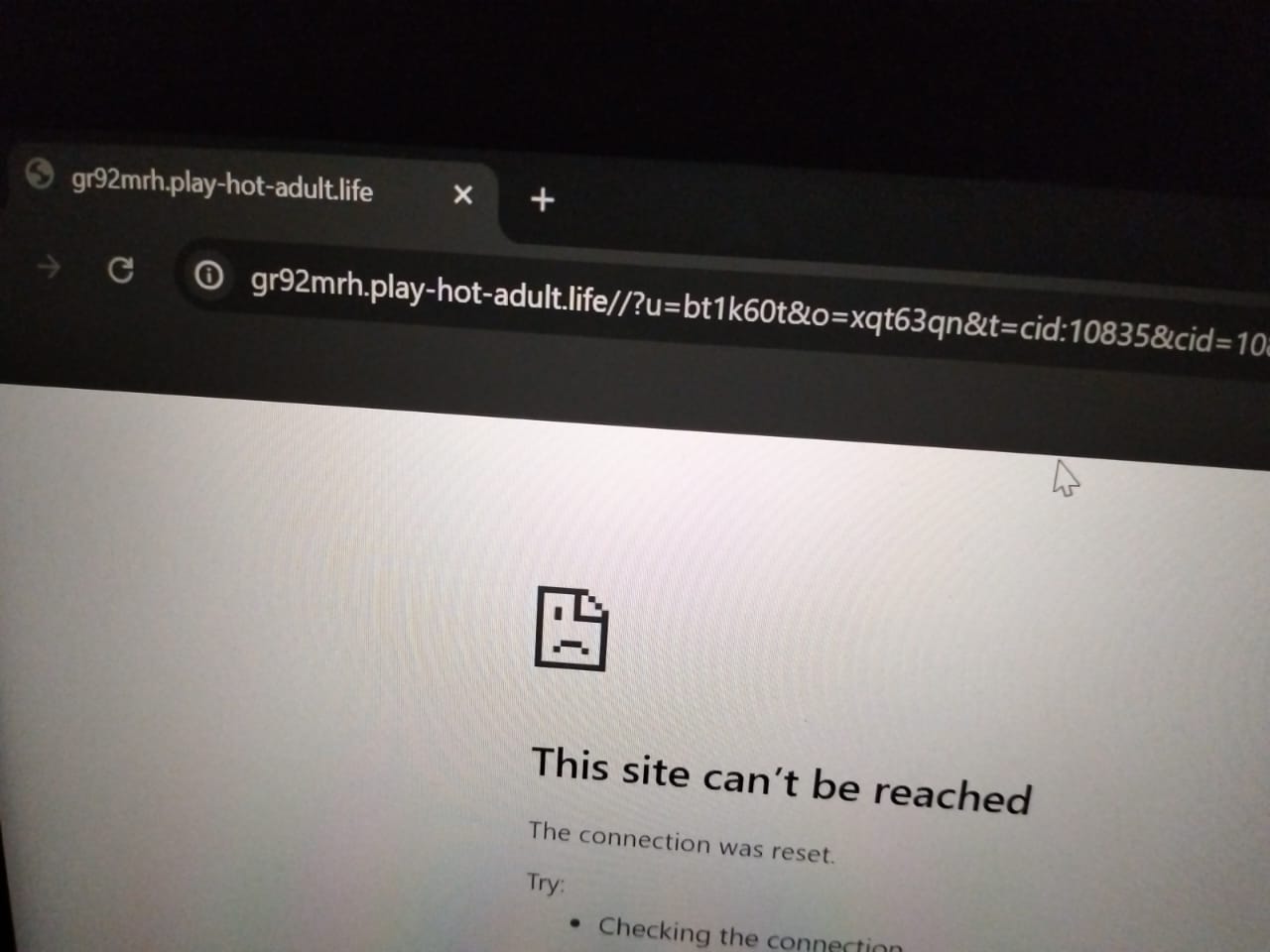
- Unusual login attempts.
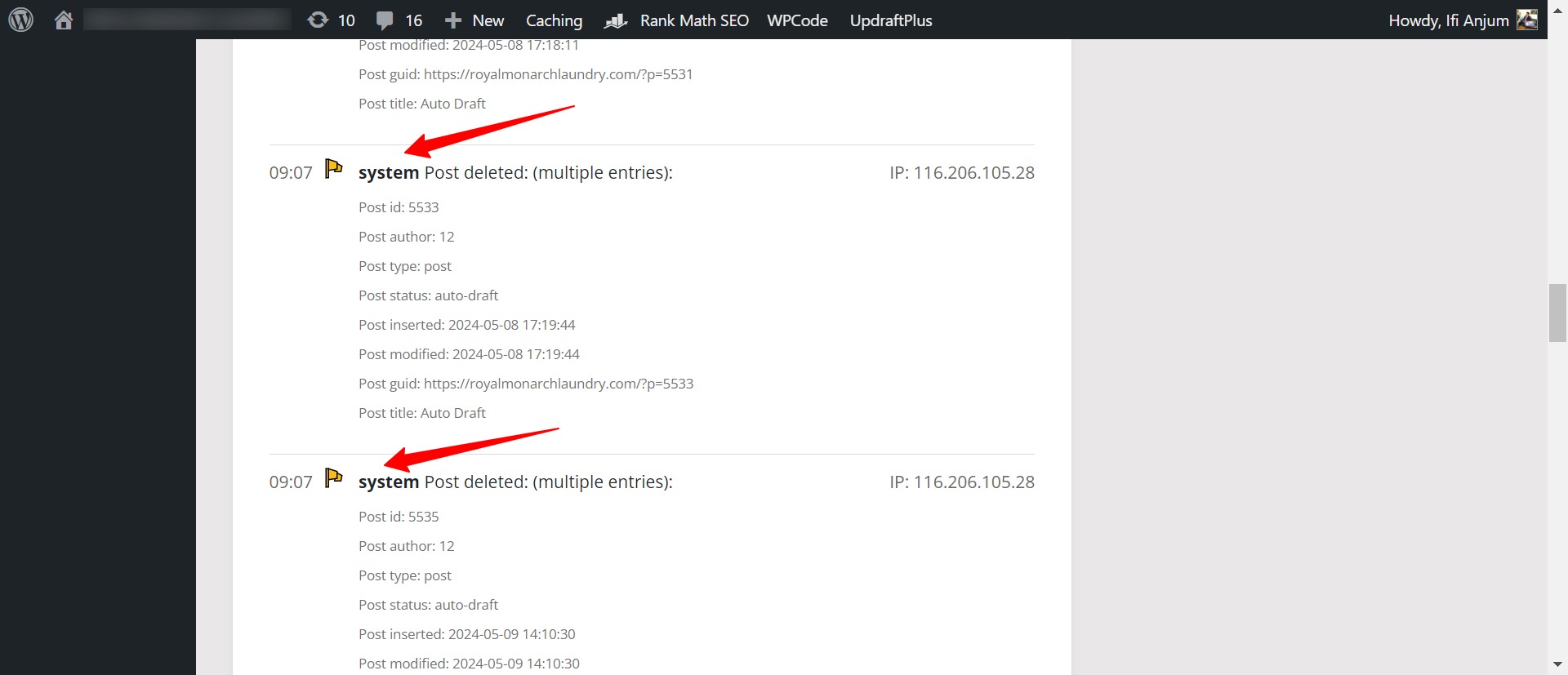
- Presence of spammy links or content.
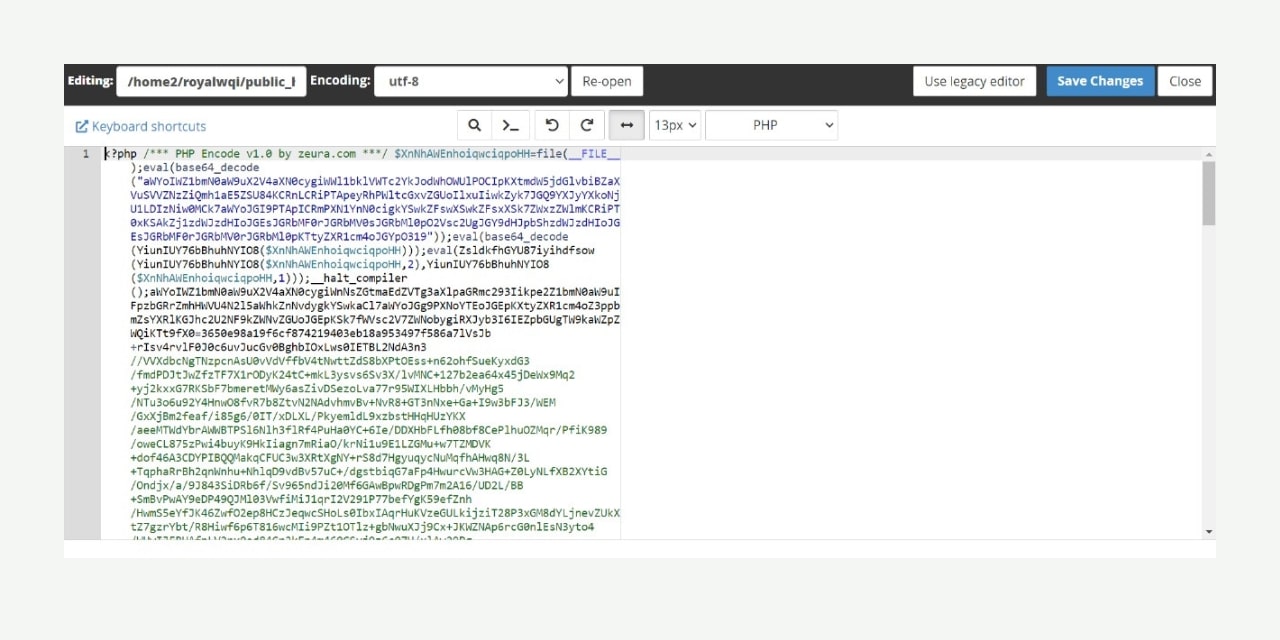
- Decreased site performance.
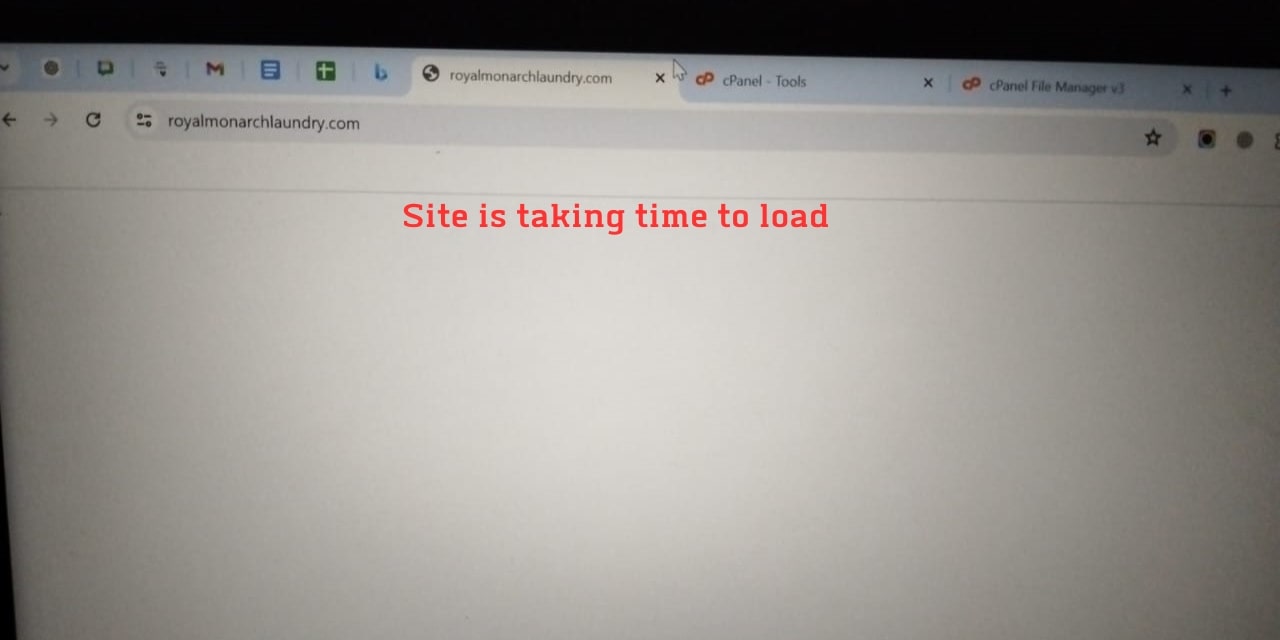
Understanding these signs can help you pinpoint the issue and decide on the best course of action for WordPress malware cleanup.
3. Remove Malware from WordPress
Removing malware can be done manually or with the help of WordPress malware removal plugins:
- Manual Removal: Access your site files via FTP or your hosting control panel. Identify and clean or delete the infected files. Always ensure you have a backup before making changes.
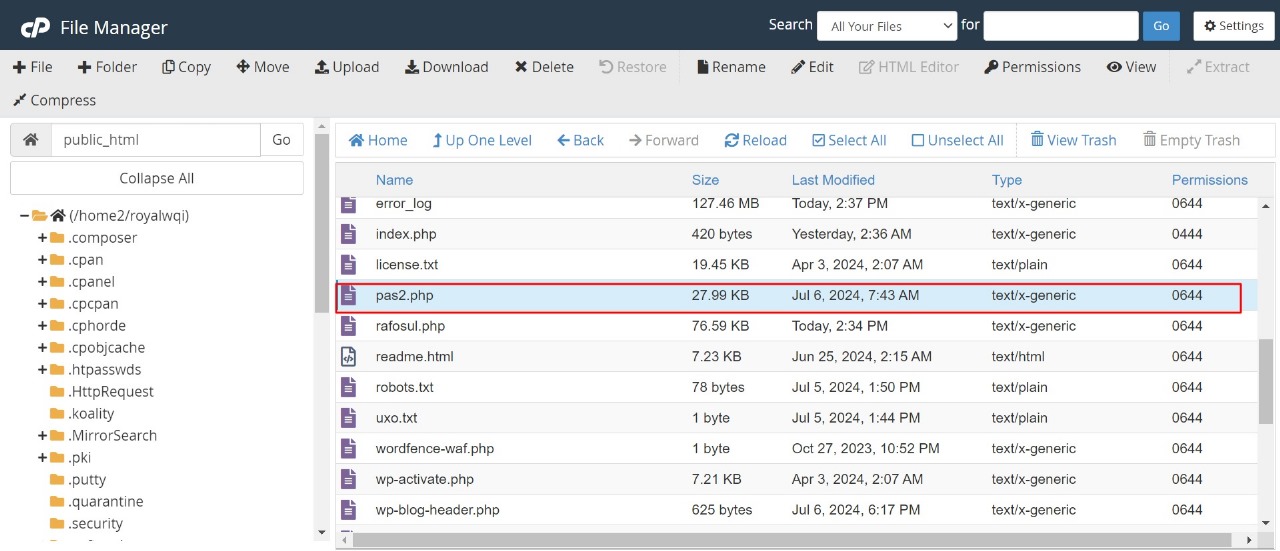
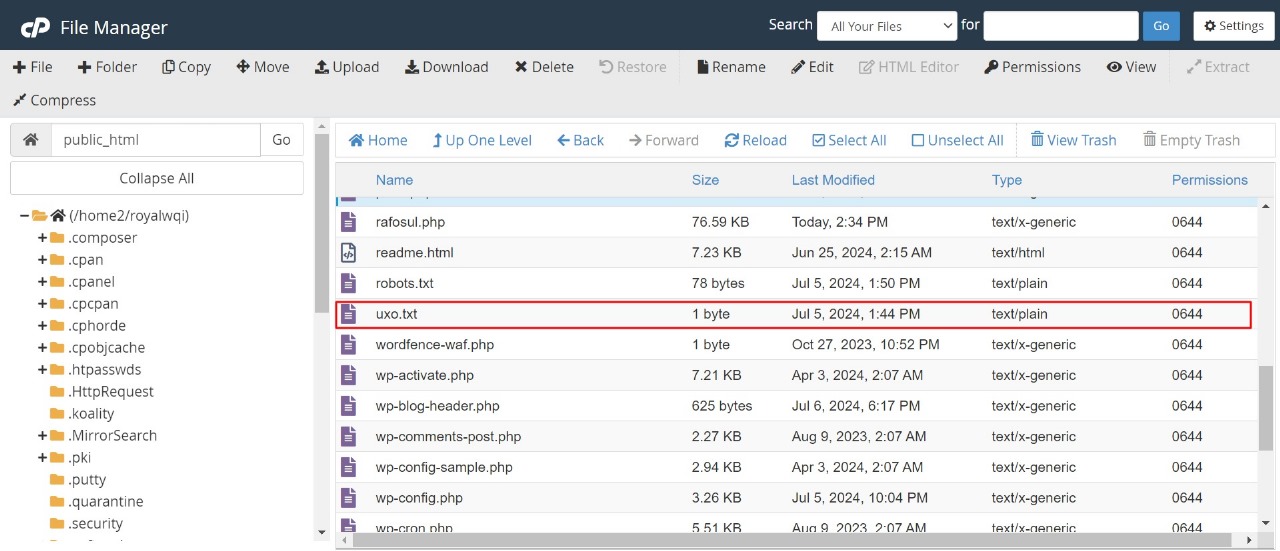
- Plugins for Malware Removal: Use plugins specifically designed for malware removal, such as “Sucuri” and “Anti-Malware Security and Brute-Force Firewall”. Note that Sucuri requires a subscription to provide full malware removal services; without it, you will only receive a malware report. These tools can help in cleaning WordPress malware effectively.
4. Reinstall Core Files
Reinstalling core WordPress files can help in further removing malware from WordPress. Download a fresh copy of WordPress from the official site and replace your core files. This can help eliminate any malware embedded in these files.
5. Prevent Future Malware Infections
To prevent future infections, take the following steps:
- Regular Updates: Ensure your WordPress core, themes, and plugins are always up to date.
- Strong Passwords: Use strong and unique passwords for all accounts.
- Security Plugins: Install and configure security plugins like Wordfence or Sucuri to monitor and protect your site.
- Regular Backups: Regular backups can save you a lot of trouble if your site gets compromised again.
6. Professional Malware Removal Services
If you’re not comfortable handling the removal yourself or if the infection is too complex, consider professional help. Our WordPress malware removal services provides comprehensive solutions to clean and secure your site. We ensure that your site is free from malware and protected against future threats.
Frequently Asked Question
We understand that dealing with malware on your WordPress site can be overwhelming. To help you navigate through these challenges, we’ve compiled answers to some of the most frequently asked questions regarding WordPress malware removal and site security.
Why do WordPress sites get compromised?
Can malware infect my site even if I have security plugins installed?
What should I do if my site gets reinfected after a cleanup?
How often should I scan my WordPress site for malware?
Conclusion
Dealing with malware on your WordPress site can be challenging, but with the right approach, you can keep your site secure. Regular scans, updates, and strong security measures are key to preventing infections.


